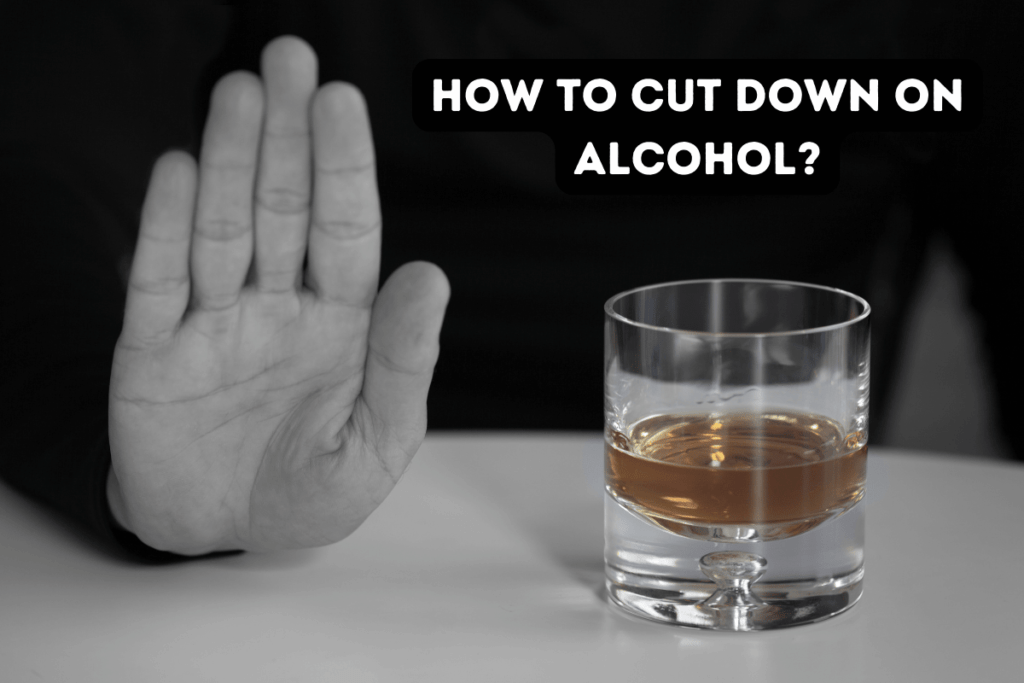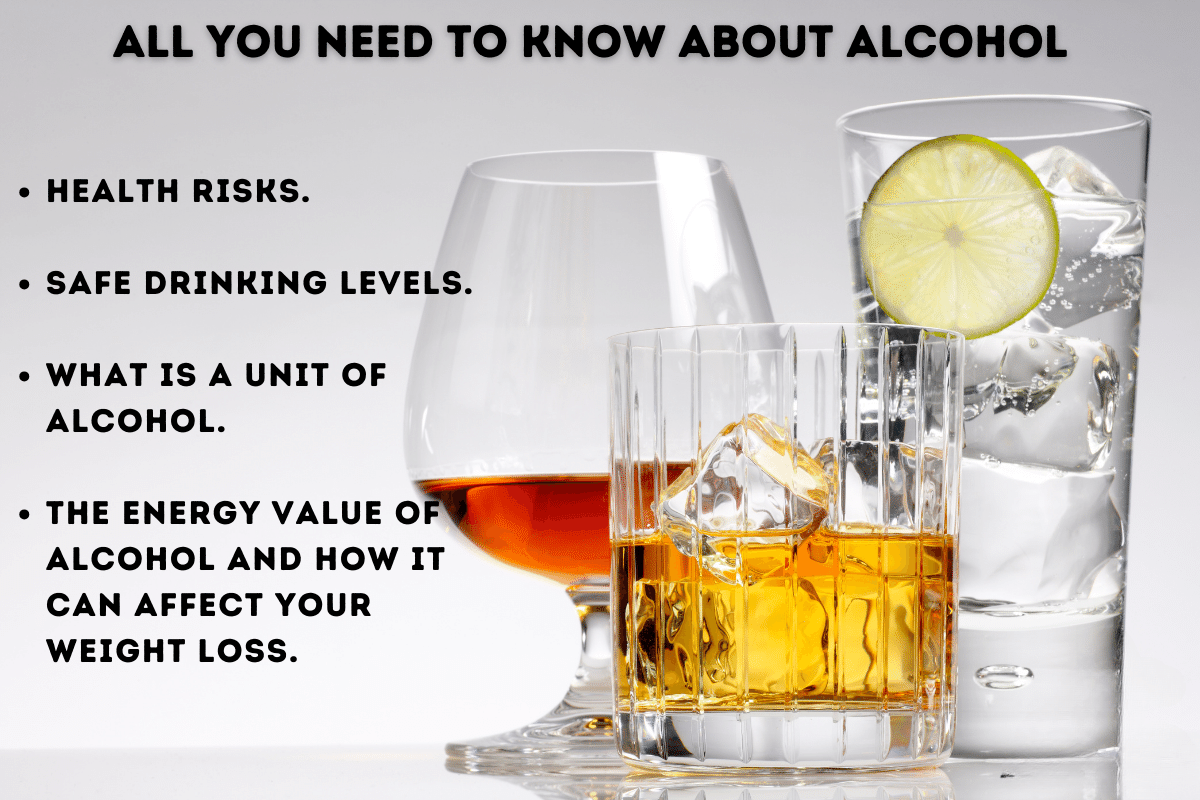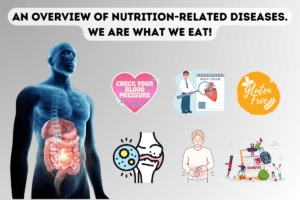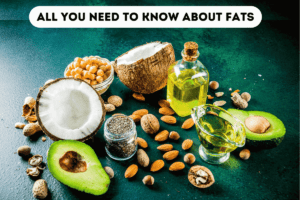Alcohol is a compound made up of carbon, hydrogen, and oxygen. It is produced when yeast ferments sugars. The amount of alcoholic content in a drink is determined by the amount of yeast and the length of fermentation. Wine and cider are made from fruit, while rye and barley form the basis of beers and spirits. Alcohol affects our body and mind immediately after it is consumed. Some of its effects can be short-lasting, but others can stay longer or become permanent. Drinking too much alcohol can lead to health problems like cancer, strokes, hypertension, and heart problems. Also, alcoholic drinks have a diuretic effect, which is the cause of losing more water in urine, so drinking alcohol may lead to dehydration. In this article, I will share my knowledge about safe drinking levels, what is a unit of alcohol, the energy value of alcohol and how it can affect your weight loss if you have such a goal.
Daily recommendations
The Department of Health advises that safe drinking levels for both men and women are no more than 14 units of alcohol per week, and the less alcohol you are using, the better. But it doesn’t mean you can drink 14 units a day straight. You should have no more than two units per day, about 150 ml glass of wine. And it’s better not to drink every day. Regularly drinking above the recommended daily limits for drinking can lead to the following:
- Cancer, including breast cancer and cancer of the gullet (oesophagus)
- Strokes
- Liver disease
- Hypertension
- Coronary heart disease
- Reduced bone density
- Fertility problems
- Retarded foetal development.
- Stomach ulcers
- Dementia
- Mental health problems
What is a unit of alcohol?
A unit of alcohol is 10 ml or 8 g of pure alcohol. The number of units in a drink is based on the size of the glass as well as its alcohol strength. For example, a unit could be half a can of beer, lager or cider (220 ml), a small shot of spirit (25 ml), or half a glass of wine (75 ml). The labels of many bottled drinks indicate how many units of alcohol are in the bottle.
It takes a long time to completely clear alcohol from the system. This puts a strain on the liver as the liver can metabolise only a certain amount of alcohol per hour, regardless of the amount consumed. It is possible to clear alcohol from the body at approximately one unit per hour starting when drinking starts. Since the metabolism of alcohol is slow, consumption needs to be controlled to prevent accumulation in the body and intoxication. In alcoholics, the rate of consumption can be quicker because their bodies are more used to clearing alcohol from their systems.
The energy value of alcohol
Alcohol is not a nutrient but has an energy value that must be considered when we look at your energy (kcal) intake. You probably know that carbohydrates and proteins provide 4 kcal per gram, and fat provides 9 kcal per gram. Well, alcohol alone contains 7 kcal for every gram. It is essential to know that 7 kcal is per gram of alcohol, not per gram of drink. Only a certain percentage of the drink will be actual alcohol. This is called alcohol by volume (ABV) and ranges from 3% for a light beer to 40% for spirits such as whisky. Also, drinks contain varying amounts of other macronutrients, which increase the amount of kcal in the drink. How much kcal are there in the drink I showed below.
Composition of alcoholic beverages (grams per 100ml)
| Alcohol | Protein | Fat | Carbohydrate | |
| Beer | 2,9 | 0,3 | Trace | 2,2 |
| Bitter | 3,4 | 0,3 | Trac | 2,2 |
| Lager | 4,0 | 0,3 | Trac | Trace |
| Stout | 3,3 | 0,4 | Trac | 1,5 |
| Cider | 3,8 | Trace | 0 | 2,6 |
| Red wine | 9,6 | 0,1 | 0 | 0,2 |
| Rose wine | 8,7 | 0,1 | 0 | 2,5 |
| White wine, dry | 9,1 | 0,1 | 0 | 0,6 |
| White wine, medium | 8,9 | 0,1 | 0 | 3,0 |
| White wine, sweet | 10,2 | 0,2 | 0 | 5,9 |
| Spirits (40% volume) | 31,7 | Trace | 0 | Trace |
In the context of weight management, it’s also important for us to realize how alcohol can affect our food intake. Alcohol might loosen our resolve when trying to lose weight. We may be unable to resist the temptation of snacking, or eating out on the wrong things. It could even influence our menu choices in a restaurant. So, we would get more calories not just with alcohol but with additional snacks also.
Some strategies for cutting down alcohol.

Here are some practical tips on how to cut back on alcohol intake:
- Make a plan. Make sure before you start drinking to set a limit on how much you’re going to drink.
- Set yourself a budget. Try only taking a fixed amount of money to spend on alcohol
- Let them know. Let your friends and family, or whoever is important to you, know you’re cutting down so you get support from them.
- Take it a day at a time. Try and cut back a little each day. That way, every day that passes is a success.
- Make it a smaller one. Try having less. You’ll still enjoy a drink but go for smaller sizes. Try bottled beer or a small glass of wine.
- Have a lower-strength drink. Cut down the alcohol by swapping strong beers or wines for ones with a lower strength (ABV in %). You’ll find this information on the bottle.
- Stay hydrated. Drink a pint of water before you start drinking, and avoid using alcohol to quench your thirst. Have a soft drink instead.
- Take a break. Have regular days each week when you don’t have an alcoholic drink.
Conclusion
Now lets recap some of the key points in this article.
- Drink in moderation. Moderate amounts of alcohol can be consumed without adverse effects on health. However, regularly consuming more than the recommended guidelines can lead to serious health problems including cancer, heart disease and liver disease.
- Recommended limits. The Department of Health advises that both men and women should drink no more than 14 units of alcohol per week.
- Avoid binge drinking. It’s a good idea for your you to spread their drinking throughout the week and avoid binge drinking.
- Clearance rate. Alcohol is cleared from the body at a rate of approximately one unit per hour starting from the time that you started drinking.
- Alcohol calorie intake. Alcohol itself is not a nutrient but has an energy value that must be taken into account when looking at someone’s energy (kcal) intake. 1 gram of alcohol contains 7 kcal.




